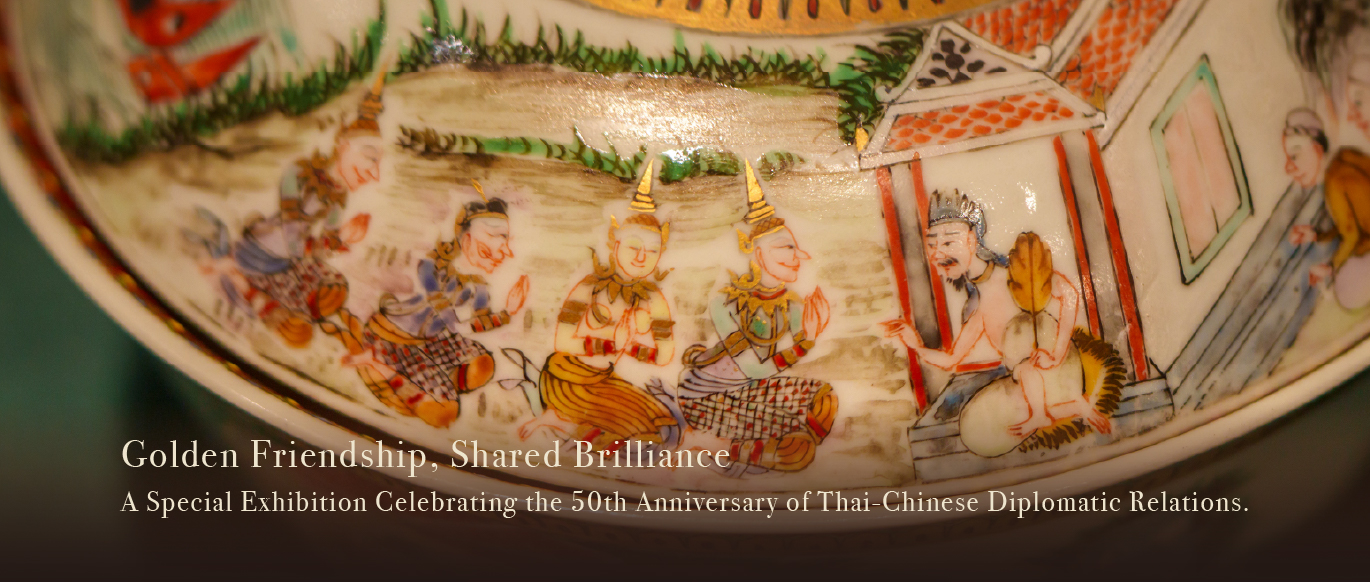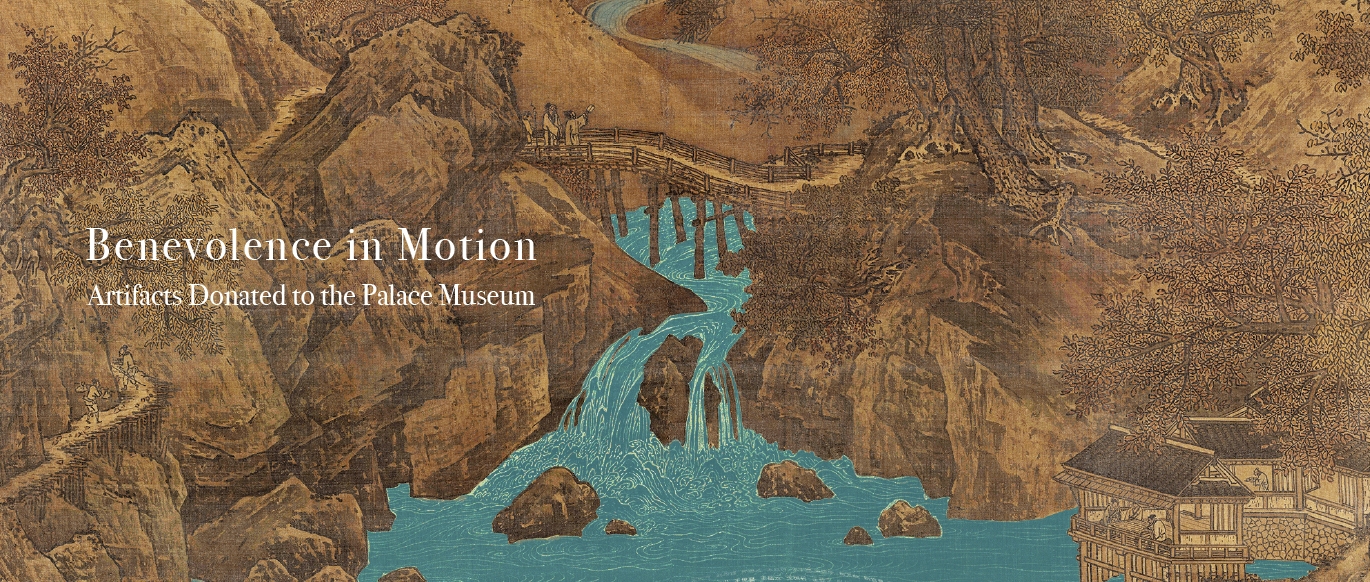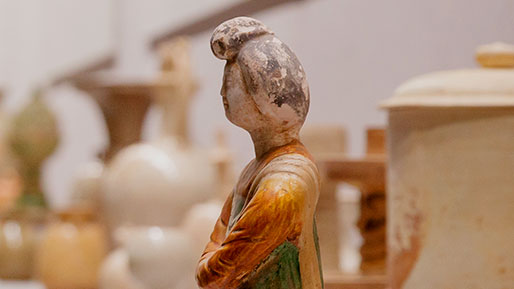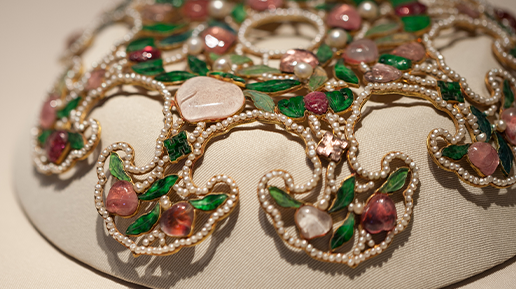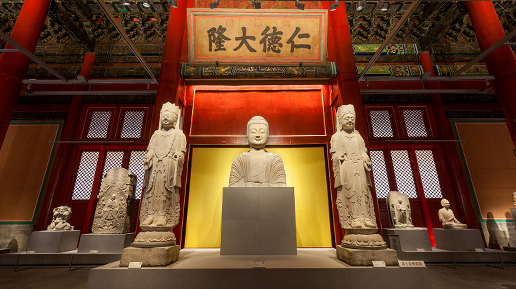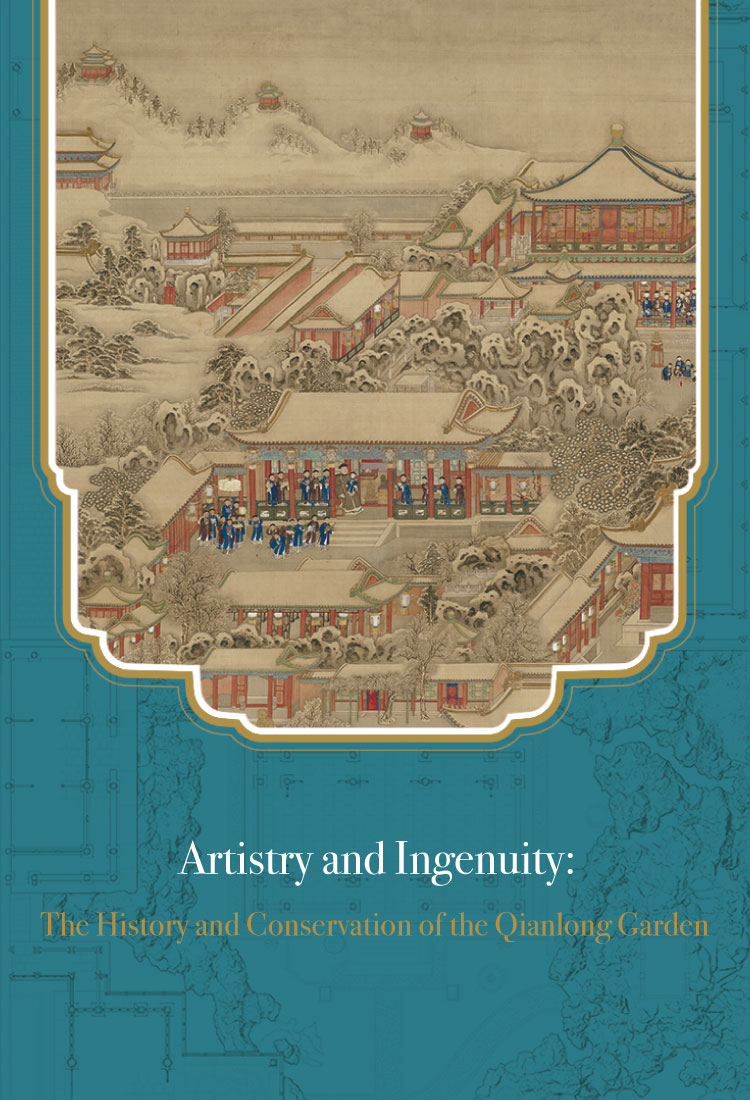
On September 29, 2025, the Palace Museum marked the reopening of the historic Qianlong Garden with the launch of the exhibition “Artistry and Ingenuity: The History and Conservation of the Qianlong Garden.” More than 100 cultural heritage experts and scholars from countries including China, France, and the United States attended the opening ceremony.
The Qianlong Garden, also known as the Garden of the Palace of Tranquil Longevity (Ningshou gong), lies in the northwest corner of Ningshou gong — today home to the museum’s Treasure Gallery. Built by Emperor Qianlong as a private retreat for his later years, the compact, exquisitely designed garden features four courtyard complexes and 27 buildings with different styles. It combines northern and southern Chinese garden styles, showcasing literati elegance with imperial grandeur. The site holds an important place in the history of classical Chinese — and indeed, world — garden design.
Since 2000, the Palace Museum and WMF have collaborated on the conservation and restoration of the Qianlong Garden, transforming it into a model of China-U.S. cultural exchange and cooperation in cultural heritage preservation, interpretation, and talent development.
Amid the Palace Museum’s 100th anniversary celebrations, the first and second courtyards of the Qianlong Garden opened to the public on September 30. In addition, an exhibition titled “Artistry and Ingenuity: The History and Conservation of the Qianlong Garden” was on display in the Hall of Fullfilling Original Wishes (Suichu tang) and its east and west side halls. The show offers a comprehensive look at the garden’s cultural significance and the achievements of its conservation and restoration.
Within the newly opened areas, visitors can admire distinctive architectural landmarks such as the Pavilion of the Purification Ceremony (Xishang ting), inspired by the Orchid Pavilion Gathering; the Bower of the Ancient Catalpa (Guhua xuan), named after the ancient catalpa tree; the mountain-top Terrace for Collecting Morning Dew (Chenglu tai); and the richly-symbolic Hall of Fulfilling Original Wishes. Following extensive conservation work, these structures have regained their vitality. Amid rockeries, streams, and centuries-old trees, visitors can experience firsthand the poetic beauty of classical Chinese gardens — creations that, although crafted by human hands, seem born of nature itself — and appreciate the remarkable achievements of 18th-century Chinese architecture, landscape design, and craftsmanship.



